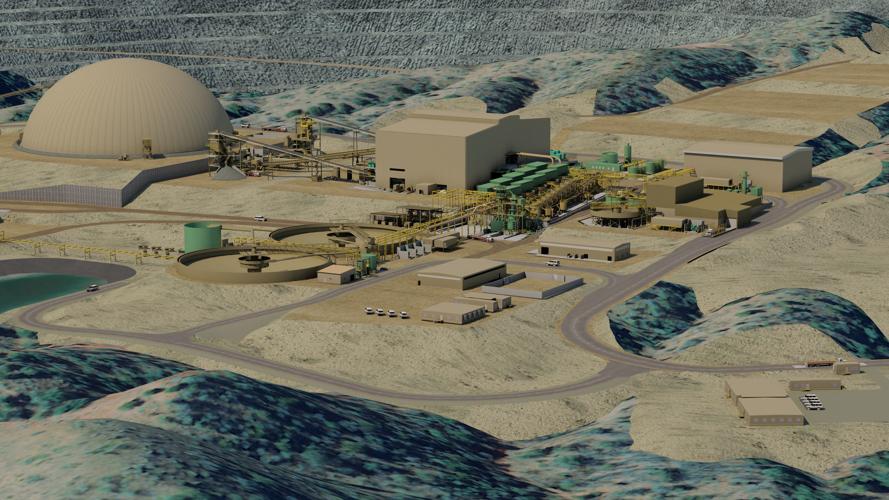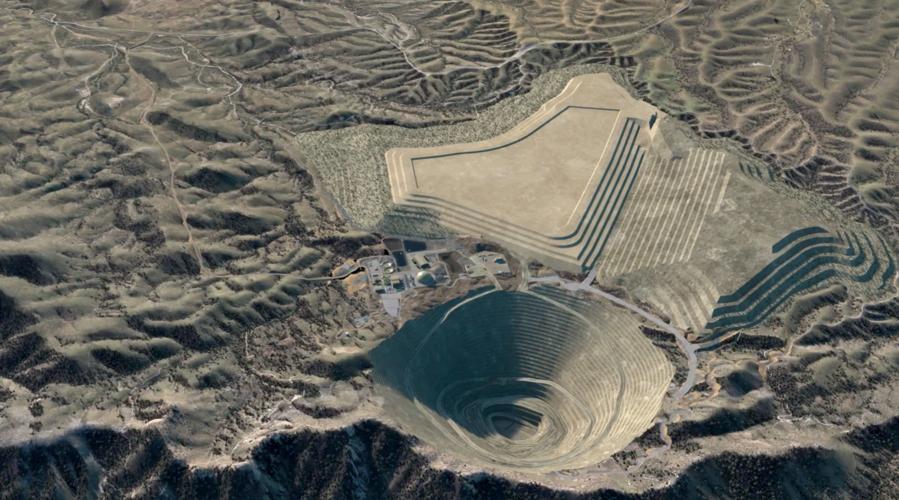For decades, the U.S. Forest Service has said it canŌĆÖt say ŌĆ£noŌĆØ to a mine on its land.
Now, the recent federal court ruling overturning approval of the Rosemont Mine on service land near ├█Ķųų▒▓ź will make it harder for the Forest Service to say ŌĆ£yes.ŌĆØ
Legal experts say U.S. District Judge James SotoŌĆÖs July 31 ruling, if upheld in higher courts, will have national repercussions.
TheyŌĆÖre using words like ŌĆ£chaos,ŌĆØ ŌĆ£shockingŌĆØ and ŌĆ£blockbusterŌĆØ to discuss the rulingŌĆÖs ramifications.
The ruling could chill the hard-rock mining industry that has lived under a generally favorable legal climate since Congress passed the 1872 Mining Law to encourage mineral exploration of public lands.
Mining industry lawyers say the ruling usurps the role of government agencies in making such decisions, could bring chaos to federal mining reviews and will add more delays in permitting to an industry already having some of the longest permit times for new mines in the Western world.
People are also reading…
Environmental law professors say the ruling is well-grounded factually and could end a century-old practice by mining companies of skirting or dodging federal law by dumping mining wastes on federal lands without proper reviews.
They say it also exposes what they see as the fallacy of having our public-lands mining governed by a law written at a time when picks and shovels were used to pull minerals from the ground.
SotoŌĆÖs order is ŌĆ£likely the most significant federal court decision on federal mining law in several decades,ŌĆØ mining industry lawyers James Allen and Michael Ford of the Phoenix-based law firm Snell and Wilmer wrote in an online article.
It ŌĆ£will likely be received with shock throughout the hard rock mining industry,ŌĆØ they wrote.
John Leshy, a former Interior Department solicitor and a retired law professor, called the ruling a ŌĆ£blockbusterŌĆØ that could finally lead to reform of the 1872 law ŌĆö an effort that has repeatedly failed in Congress over the past four decades.
In the meantime, the ruling, if upheld, would make opening a big new mine in the United States on public lands very hard, said Leshy, professor emeritus at the University of California-Hastings College of Law.
The judgeŌĆÖs findings
Soto overturned the Forest ServiceŌĆÖs approval of the mine, which would create 500 full-time jobs at high wages and 2,500 construction jobs, but would disturb 3,653 acres of national forest.
Rosemont also would disturb and desecrate 33 ancient Native American burial grounds containing or likely containing human remains of ancestors of the Tohono OŌĆÖOdham, Pascua Yaqui and Hopi tribes, the judge wrote, as he ruled on two lawsuits, filed by four environmental groups and the other by the three tribes.
The opponentsŌĆÖ lawsuits successfully argued that only public lands directly above valuable mineral deposits are covered by the federal 1872 Mining LawŌĆÖs definition of mining rights.
The judge found that the Forest Service had erred in approving Rosemont without determining the validity of the mining claims on 2,447 acres of public land where Hudbay Minerals Inc. wants to dump the mineŌĆÖs waste rock and tailings.
Source: The Star georeferenced an image in a Hudbay Minerals Inc. technical report of the Rosemont Mine layout plan.

























